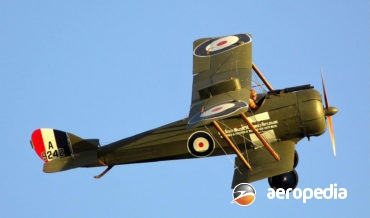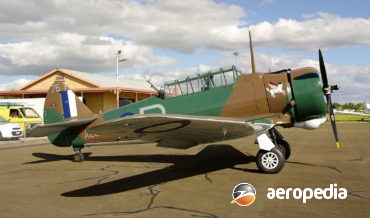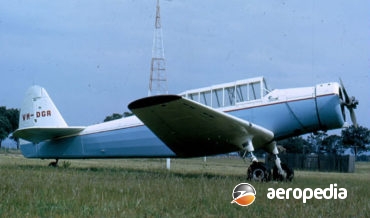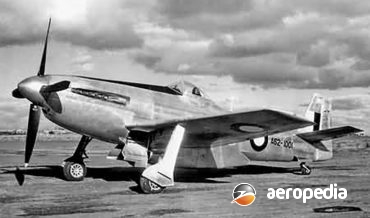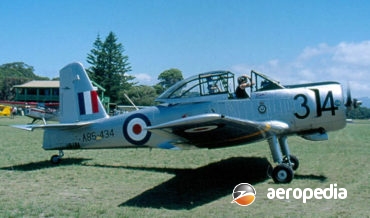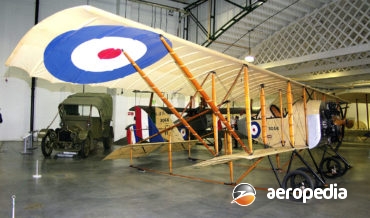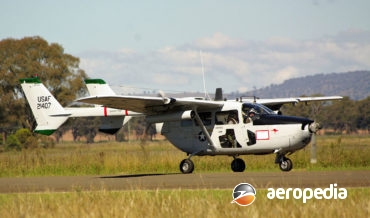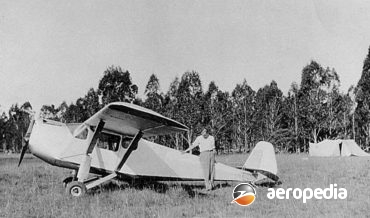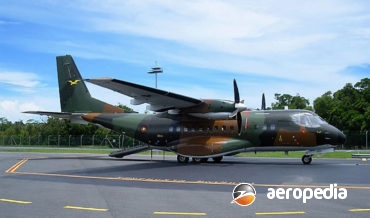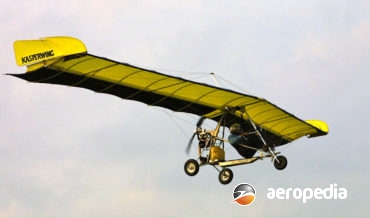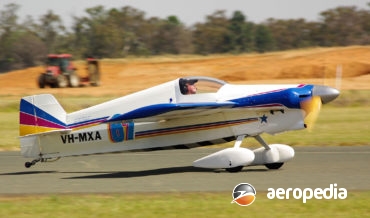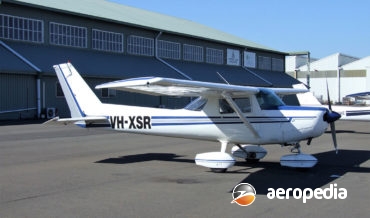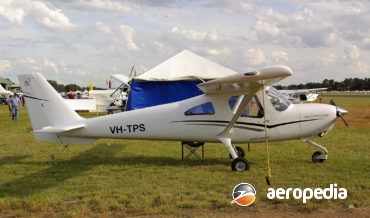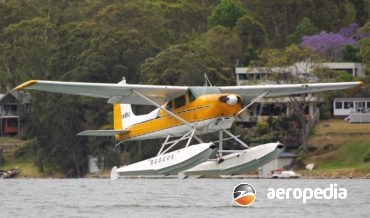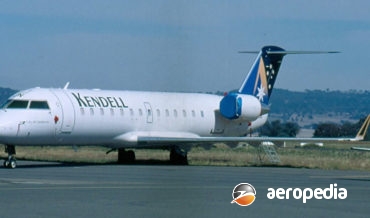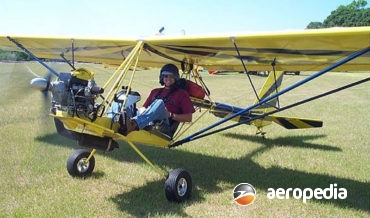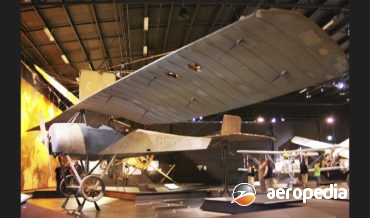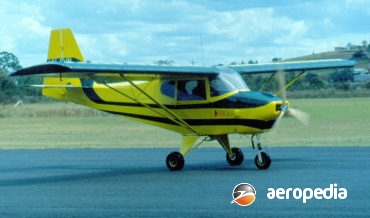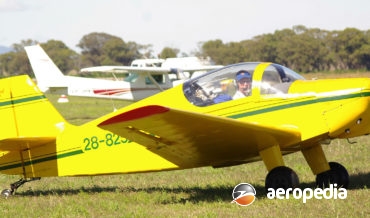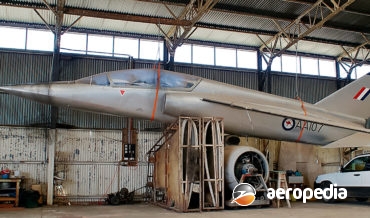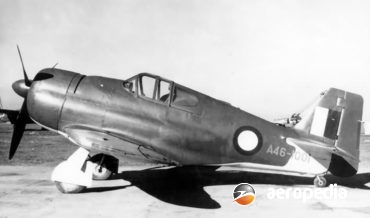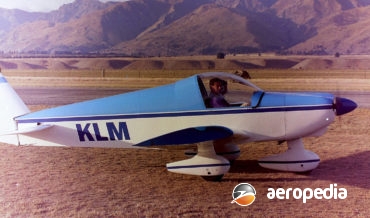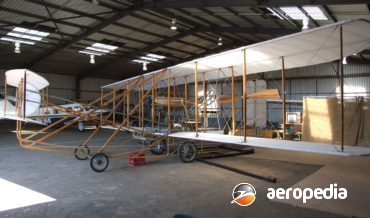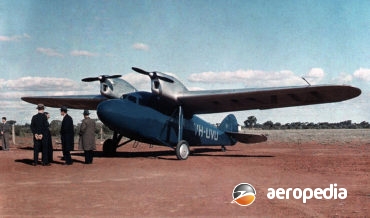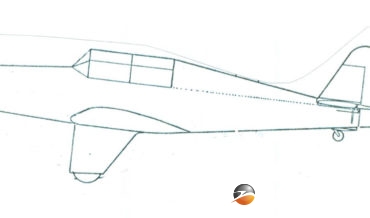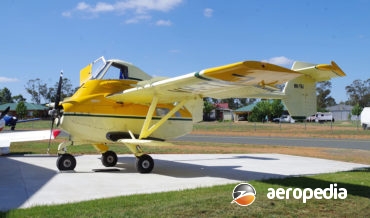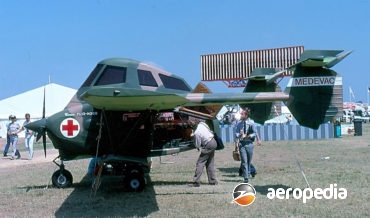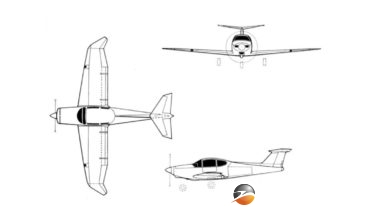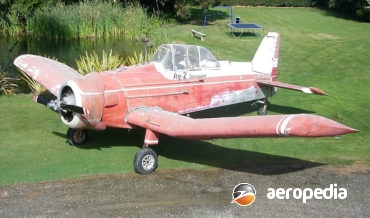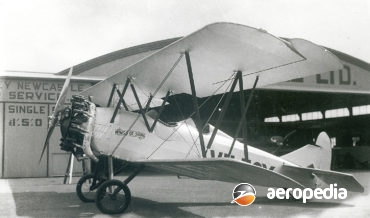All Contents
Contents
The Battle was designed as a two-seat single-engine monoplane day-bomber able to carry 452 kg (1,000 lb) of bombs for 1,609 km (1,000 miles) at 322 km/h (200 mph).
David C. Eyre
- May 19, 2019
The Fairey Fox revolutionised the design of aircraft in the 1920s and was very successful in its role as a light-bomber for the Royal Air Force.
David C. Eyre
- May 19, 2019
Known initially as the Fairey Type Q, the prototype of the Fairey Gannet (VR546) flew for the first time on 19 September 1949, the second prototype (VR557) flying on 6 July 1950.
David C. Eyre
- May 19, 2019
The Canberra, designed by W S W Petter, one of the most successful jet bombers of the post-war era, was chosen by the RAAF for licence production in Australia.
David C. Eyre
- May 19, 2019
As noted elsewhere, the Canberra was Britain’s first jet bomber and was exported to a number of operators and licence built in the USA and Australia.
David C. Eyre
- May 19, 2019
The DH.1 was, usually known as the Airco DH.1, was designed by Geoffrey de Havilland after he became the chief designer of The Aircraft Manufacturing Co (Airco). It was similar in appearance to the RAF FE.2, which he also previously designed, and was crewed by a pilot and an
David C. Eyre
- May 19, 2019
In June 1914 Geoffrey de Havilland moved from the Royal Aircraft Factory to the Aircraft Manufacturing Co Ltd (AIRCO) and commenced design of a series of reconnaissance and scout aircraft, the first becoming the Airco DH.1, followed by the DH.2. The Airco DH.5 was designed in 1916 as a
David C. Eyre
- May 19, 2019
The Wirraway (an aboriginal word meaning challenge) was a development of the North American NA-32 and NA-33 by the Commonwealth Aircraft Corporation. In January 1942, eight Wirraways engaged a force of more than 100 Japanese aircraft near Rabaul.
David C. Eyre
- May 19, 2019
The Wackett, named after its designer, Sir Lawrence Wackett, was developed by the Commonwealth Aircraft Corporation as an intermediate step between the elementary trainer, the de Havilland DH-82 Tiger Moth, and the more advance trainer, the CAC Wirraway.
David C. Eyre
- May 19, 2019
The CA-15 was the second single-seat fighter designed and built in Australia for service in the Pacific Theatre of Operations, the Boomerang being the first.
David C. Eyre
- May 19, 2019
The Winjeel (an Aboriginal word meaning young eagle) was designed to meet a 1948 specification for an aircraft to replace both the de Havilland Tiger Moth and the CAC Wirraway
David C. Eyre
- May 19, 2019
In 1913 the brothers, Gaston and Rene Caudron, who lived in the Rue area of the Somme, designed and built a single-seat sesquiplane known as the Caudron G.II. Later in 1913 Lt Chanteloup looped a Caudron over Issy aerodrome near Paris.
David C. Eyre
- May 19, 2019
A military variants of the Cessna 337, the O-2 series was built in some numbers, 501 O-2As going to the USAF for Forward Air Control duties, and some 31 O-2Bs were used in the psychological warfare role in Vietnam.
David C. Eyre
- May 19, 2019
In 1932 Mr Clifford Carpenter, a nephew of Sir Walter Carpenter, a member of the W R Carpenter & Co organisation, assisted by Messrs W Murrell, H Wyatt, C Scott and R A Grey, built a light aircraft over a period of two years in the garage of Borrows
David C. Eyre
- May 17, 2019
The CN-235 was developed jointly by CASA and Industri Pesawat Terbang Nusantara (IPTN) as a civil/military transport, each company building a prototype, there being ceremonies held simultaneously in Spain and Indonesia.
David C. Eyre
- May 17, 2019
The Kasperwing is an American ultralight flying-wing motorglider which was designed by Witold Kasper and Steven Grossruck and was initially built by Cascade Ultralites and was introduced to the market in 1976.
David C. Eyre
- May 17, 2019
In 1954 Tom Cassutt, an airline pilot in the United States, designed and built a small single-seat racing aircraft known as the Cassutt I for his own use, winning the 1958 National Air Racing Championships.
David C. Eyre
- May 17, 2019
The 152 was introduced to the Cessna range in 1978 as a redesign of the 150 and was, like its competitors the Beech Skipper and Piper Tomahawk, aimed at the training market as a new design.
David C. Eyre
- May 17, 2019
In 2006 Cessna announced it intended to produce a series of new designs using modern technology and, amongst these, was a new training aircraft, seating two, to meet new light sport aircraft regulations introduced into the United States.
David C. Eyre
- May 17, 2019
The Cessna 180 series of aircraft commenced production in February 1953 and continued until, like other single-engine Cessna models, it ceased in 1981 after some 6,193 examples had been built.
David C. Eyre
- May 17, 2019
Produced by the Regional Aircraft Division of Bombardier Inc of Canada, the Regional jet is a development of the Challenger to meet the requirements of regional airlines.
David C. Eyre
- May 17, 2019
The Javelin was introduced to the ultralight market in 1999 and was intended to appeal to pilots interested in having an open cockpit.
David C. Eyre
- May 17, 2019
Gianni Caproni (1886 – 1957) designed and built his first aeroplane, known as the Ca.1, in 1910 and went on to have a long and distinguished career in aviation, his achievements including designing bombers for the Italian Air Force, his design the Ca.3 being built also in the United States,
David C. Eyre
- May 17, 2019
Initially designed in the United States by Carlson Aircraft Inc of East Palestine, Ohio, the Sparrow was modified to meet Rule 101.55 by Lake Macquarie Aviation, the type initially to be built for the Australian market at Warners Bay, NSW, and later plans were announced to construct both it and
David C. Eyre
- May 17, 2019
The Minicab, which was designed by M Yves Gardan, a well-known French light aircraft designer, made its first flight in February 1949 and, with no major modifications, won three distinctions in its first year; the Coup de Deauville, the Grand Prix Aerien de Vichy, and the Concours d’Elegance de Biarritz.
David C. Eyre
- May 17, 2019
In 1964 the Commonwealth Aircraft Corp was considering the development of an advanced supersonic aircraft to meet a future requirement for the RAAF for a supersonic trainer which could also be used for weapons training.
David C. Eyre
- May 17, 2019
The Ceres (the God of Fertility) was developed from the Wirraway trainer of World War II, which had been built at the Commonwealth Aircraft Corporation’s plant at Fishermens Bend, Vic, between 1939 and 1945.
David C. Eyre
- May 17, 2019
In an attempt to increase the performance of the indigenous Boomerang fighter, consideration was given to the increase in the power of the engine installed and to this end, as the Twin Wasp engine then fitted was not supercharged sufficiently to permit adequate high-altitude operations, it was decided to obtain
David C. Eyre
- May 17, 2019
The CH-200 is one of a series of light aircraft designed by Christopher Heintz, who for a period worked for Avions Pierre Robin in France, it being a two-seat all-metal aircraft designed to meet the requirements of the amateur construction market, the prototype being designed in France and making its
David C. Eyre
- May 8, 2019
The Zenair CH-650, also known as the Zodiac CH-650, is a second generation light sport aircraft designed to meet US LSA regulations developed specifically for sport pilots and was made available to the market in 2013 and at that time was the latest aircraft from the Zodiac line of aircraft
David C. Eyre
- May 8, 2019
On 17 December 1903 the Wright brothers, Wilbur and Orville, achieved the first successful, powered, sustained and more-or-less controlled flights in a heavier than air machine in the midst of a gusty, wintry, gale on the Kitty Hawk promontory in North Carolina between the Albermarle Sound and the Atlantic Ocean.
David C. Eyre
- May 8, 2019
Designed by Richard Trickle and Vance Jaqua and first flown in 1991, the KIS is a two-seat all-composite amateur-built aircraft sold in kit form, the name KIS being an abbreviation of “keep it simple”.
David C. Eyre
- May 8, 2019
In 1933/34, following the announcement of the 1934 MacRobertson Air Race from England to Australia, there was great interest around the World and many persons and organisations set about entering suitable aircraft.
David C. Eyre
- May 8, 2019
In the early 1930s Messrs Leo Turl and Frank Gannon took over the Mascot hangar of General Aircraft Co. In November 1935 Mr J C Carpenter joined the company and Tugan Aircraft Ltd came into being.
David C. Eyre
- May 8, 2019
The development of the Hawk C3 was commissioned by Clifford Carpenter in February 1934, the aircraft being designed by James Connolly (Secretary of the Royal Aeronautical Society, Sydney Branch) who had previously designed two aircraft, known as the C1 and C2 but which were never built.
David C. Eyre
- May 8, 2019
In the late 1950s Transfield Construction Pty Ltd was founded by two Italian immigrants to contract to do transmission line work in Australia. A subsidiary, Transavia Corp, was formed in 1964 to build aircraft.
David C. Eyre
- May 8, 2019
To meet customer requirement, Transavia continued with further development of the basic Airtruk, and this led to the Model T-320 Airtruk fitted with the Rolls Royce/Continental Tiara 6-320-2B engine producing 239-kw (320-hp).
David C. Eyre
- May 8, 2019
The PL-13 was one of the many designs by the profilic designer, Luigi Pellarini and was a four-seat monoplane.
David C. Eyre
- May 8, 2019
For some years after World War II the Transland Aircraft Company of Torrance, California, a division of Hi Shear Rivet Tool Co, converted surplus World War II aircraft, particularly trainers, for the crop-dusting role.
David C. Eyre
- May 8, 2019
The Travel Air 2000 was a three-seat biplane built as a cross-country type of ‘outstanding quality’ of rugged construction with a lively performance, and as an efficient work aircraft.
David C. Eyre
- May 8, 2019
Recent Comments
Archives
Categories
- No categories
Categories
- No categories
Latest Posts
Newsletter

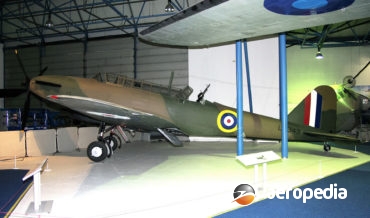
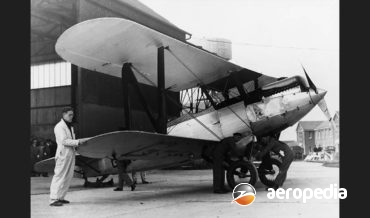



![DE HAVILLAND [AIRCO] DH.1](https://aeropedia.com.au/wp-content/uploads/2019/05/de-Havilland-Airco-DH.1-Aeropedia-The-Encyclopedia-of-Aircraft-Australia-New-Zealand-370x218.jpg?v=1593221059)
